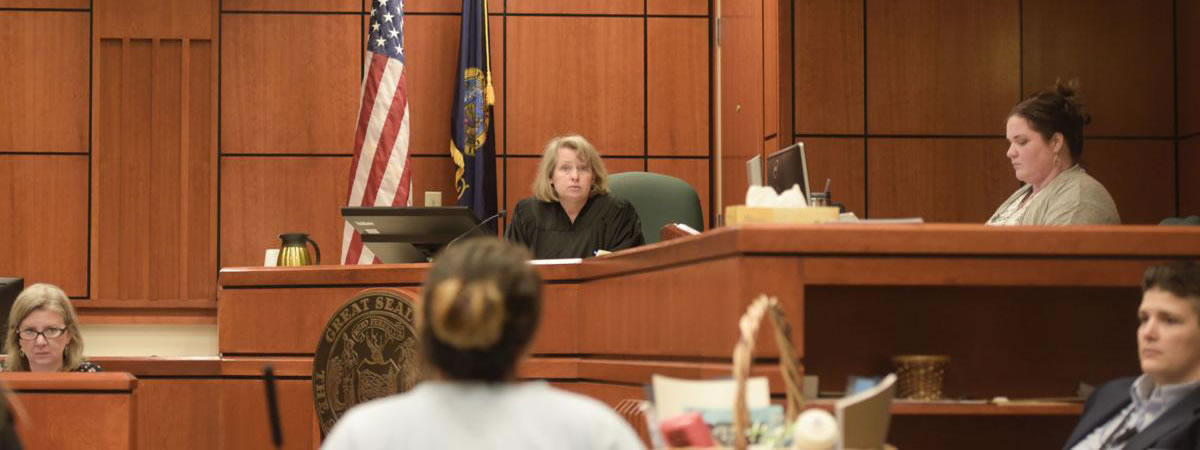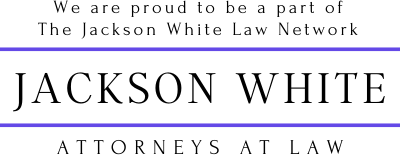Maricopa County’s Drug Court Program

Drug or substance abuse is no longer just a bad choice that a person makes. It has become known as a chronic disease that users have an extremely hard time battling. Many of these users are often known for being stuck in cycle of being in and out of jail or prison.
With the view of drug addiction changing, there has been a rise in the number of programs to help these specific individuals. One of them is the drug court movement that began in the 80’s.
Drug Courts
Drug courts first got their start in 1989 in the state of Florida. This new process was created to help the “War Against Drugs”.
Instead of referring offenders that suffer from substance abuse to third party treatment as part of their probation, drug court judges work with a team that includes the prosecutor, defender, and treatment specialists to hold the user accountable for treatment progress.
Elements of Drug Courts
In the year 1993 over 400 specialists, prosecutors, lawyers, and judges met in Miami at the First National Drug Court Conference to establish required elements for successful drug courts.
First, there has to be judicial commitment and leaderships, and collaboration of all agencies and organizations. They also decided that there needs to be a variety education, or training, programs for the legal professionals, judges, and treatment providers.
A successful drug court program needs to have a defined target and treatment programs that are specifically designed for the target population. These programs need to have implementation plans and evaluation strategies put into place.
For these programs to truly be effective, information management needs to connect to the courts and treatment agencies.
For all of this to actually happen, there does need to be specific funding for the court startups and maintenance.
Information provided to court practitioners can be obtained through the National Drug Court Resource Center, or the NDCRC. The organization is headquartered at the University of North Carolina Wilmington campus, in their Social Science and Applied Research Center.
Two Types
There are actually two general types of drug courts. One being deferred prosecution and the other are post-adjudication. Diversion programs are actually placed into the drug court system before they plead to any kind of charge. Upon completion of the program, defendants are not prosecuted any further.
Post-adjudication programs are a bit different. Defendants are required to plead guilty before they begin their program. However, their sentences are not served until after the they take part in the program.
If they complete the program their sentences are waived, or the offense is expunged. If they do not successfully compete the program, they will immediately face their sentencing.
Maricopa’s Drug Courts
Most drug courts throughout the country are diversion programs, but Mericopa County’s is a post-adjudication program geared towards firs time offenders of a drug possession conviction.
Through a system of rewards that revolves around individual accountability, participants are required to take part in an outpatient treatment program in which their progress is monitored by the judge.
A study performed in the early 90’s showed that 40 percent of substance abusers were able to successfully complete the program within 1 year.
Maricopa’s Program
Before actually beginning the program, offenders have to be screened and found eligible to participate. Once the program is started, participants are required to attend regular court status hearings so the judge can monitor their compliance with probation and program directives.
At each court appearance participants sign a contract that lays out all of the expectations of themselves until the next court date.
All requirements must be completed for participants to graduate. Once they do, they will be discharged from probation and if there is an undesignated offense, it will be designated as a misdemeanor.
Eligibility
For participants to be eligible they have to be convicted of drug related felonies that have a minimum of 2 years’ probation. They also have to score as a medium or high risk on the OST/FROST with a maximum of 67 percent on the drug domain.
Eligible users need to have a history of at least a moderate drug addiction or substance abuse. Lastly, they have to live in supervised drug court area.
Those that are only convicted of marijuana offenses or possess a marijuana card are ineligible. Other ineligibles include sales offenses unless they are pled down, stand alone Prop 200 cases of a first time offense, and those that do not live in the supervised area.
Advantages
There are a number of good things that come from these programs. First, the length of the offenders probation can be shortened depending on their compliance of program requirements. Plus, their fines are deferred and there is random drug testing.
The fact that the participants compliance is supervised by an entire team of individuals from all aspects of authorities helps make sure the offender isn’t lost in a pile of paperwork and forgotten. Also, the treatments are based on a clinical assessment.
Compliance is also encouraged with the use of rewards and incentives. Plus, there are pro-social activities, credit for community restitution hours, and even extra resources for families.
Affect on Families
With families in mind, analysis of the voluntary Maricopa County program has shown that 95 percent of participants are actually reunited with their children. The same studies show that only one third of offenders who didn’t participate were reunited with their children.
These analysis were just of the Maricopa County program, which has only been in place for 6 years. The Pima County program has been around for over 20 years. Reports for this program also states that 90 percent of graduates reunite with their families.
These numbers are not rare finds. National records show that the programs are extremely effective and that the rates of reunited families runs very high among successful participants.
As of the year 2014, National Association of Drug Court Professionals reports that there are over 300 drug courts across the country.
The organization also states that the drug courts are small and stay that way to allow participants more one on one attention, which in turn makes the courts effective.
Conclusion
Even though the Maricopa County Drug Court program is post-adjudication, it has been proven to be highly effective at returning substance abusers back to the world and their families. The courts are extremely effective at reuniting substance abusers with their families.
The program means the offenders have the opportunity to not only rehab and get clean, but also it allows them to do this without the burden of heavy fines.
With the program being closely supervised by a team of not just legal professionals, the overseeing judge, and treatment specialists means that the users are less likely to slip through the cracks and fall off the wagon. It allows them to get more specialized attention and not get lost in a pile of paperwork on someone’s desk.
Maricopa’s Drug Courts are extremely effective at changing the pathways of substance abusers and getting them out of the cycle of repeating their crimes. This means that families are more likely to stay together and children are not as likely to end up in the system of child services.


















